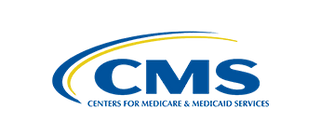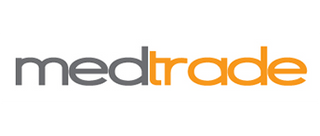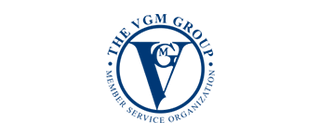Overnight Oximetry Testing
Sometimes, it is required to observe the oxygen saturation in a patient’s blood throughout the night. For this purpose, overnight oximetry testing is carried out. It is mostly done at home, while the patient sleeps through the night, by attaching an oxygen detector to the patient’s finger tip, ear lobe, toe or tip of the nose. The detector detects the emission of red and infrared lights from two light emitting diodes which are opposite to each other and give a reading of the levels of oxygen in blood. This is depicted by the amount of light that passes through the tissue where the probes are clipped. An oximeter also calculates the heart rate of the patient.
Advantages of Overnight Oximetry Testing
This testing technique is quite important and has certain advantages of its own:
It can Be Used as a Follow Up for CPAP and Screen for HST
Patients on Continuous Positive Airway Pressure (CPAP) therapy, at medium to high pressure, often have Central Apnea events. Overnight oximetry testing prove to be effective in detecting such events which are undetectable by the CPAP observational devices in use right now. Also, overnight oximetry testing is also used in screening prior to Home Sleep Testing (HST) or Lab Sleep Testing of patients that are at the risk of Apnea.
Medical Springboard
It has been considered to be a good teaching method by physicians to teach patients about their low oxygen saturations at night time. It can be used to elicit a visceral response while explaining low saturation of oxygen in the blood flow.
Home Oxygen Therapy Assessment
To determine whether a person is in need for home oxygen therapy, overnight oximetry testing is done. This is one of the most common uses of this testing technique and is frequently prescribed by physicians. If the patient is reported to have significant Hypoxemia, this test, along with a clinical assessment, will clearly indicate whether the patient should be kept under oxygen therapy or not.
Testing Comfortably from Home
Quite often, sleep labs are booked. This test allows for the assessment to be done from the comfort of your home. Some patients prefer to have it this way as well.
It is Clinically Utilizable and Economically Beneficial
Netzer, Eliasson, Netzer & Kristo (2001) have pointed out that the decreasing size and increasing efficiency of pulse oximeters has proved to be effective, both clinically and economically. It is convenient for the patients and provides accurate results, in most of the cases.
No Risks
There are no health risks attached to the use of pulse oximeters to monitor the oxygen saturation levels in the blood. One only has to be careful about keeping the equipment away from water or exposure to any liquids as it is electrical. Any changes in the usage, like shifting probes or using an oxygen mask, should be noted to avoid any errors.




